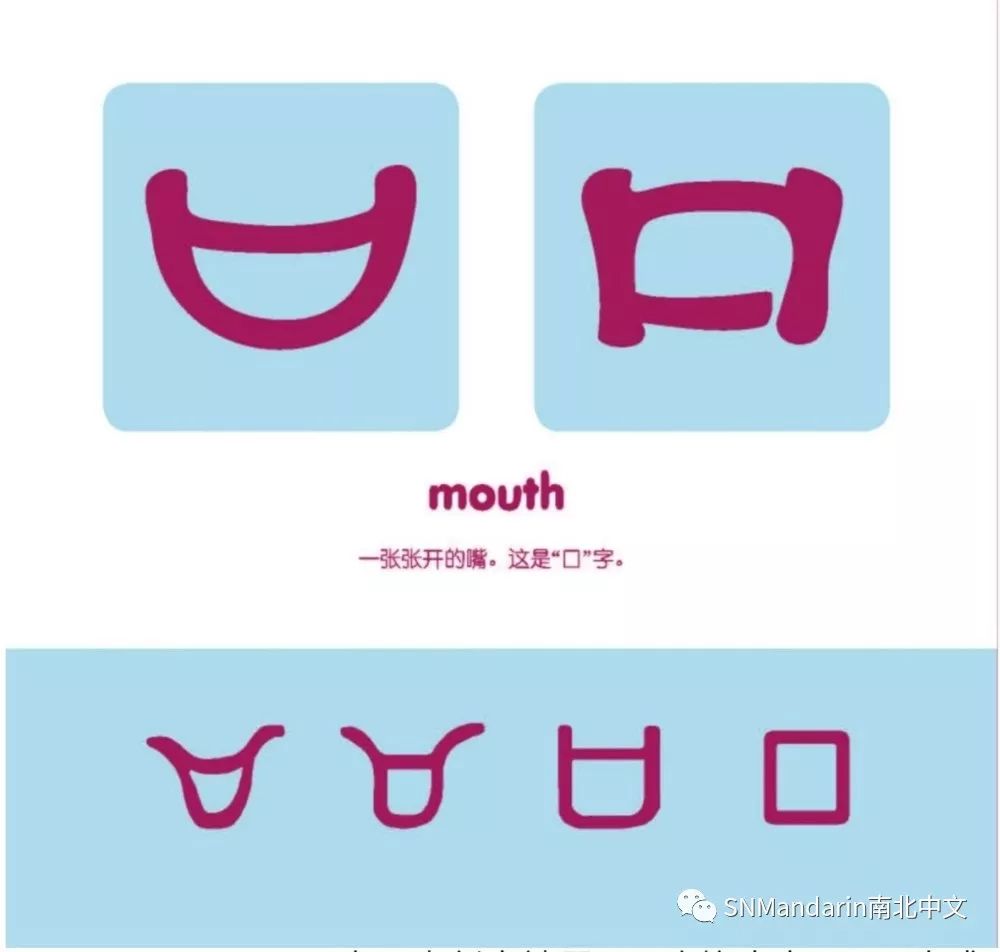Title: The Evolution of Carpet Weaving Machines
The Evolution of Carpet Weaving MachinesThe history of carpet weaving machines is a fascinating journey that began in the 18th century. Initially, these machines were powered by water, steam, or human labor, but it wasn't until the 19th century that mechanized carpet weaving machines began to appear. Today, these machines are highly automated and computer-aided, capable of producing intricate patterns and designs with precision and speed. From its humble beginnings to its current high-tech status, the evolution of the carpet weaving machine has transformed the industry and continues to do so as technology advances.
Carpets have always been a significant aspect of interior decoration, bringing a sense of warmth and cultural richness to any home. However, the process of carpet weaving has undergone significant transformation over the years, evolving from traditional hand-weaving techniques to advanced machine production methods. In this article, we explore the history and development of carpet weaving machines, examining the innovations and advancements that have transformed the industry.
Early Carpet Weaving Machines
The earliest forms of carpet weaving machines date back to the 18th century. These machines, which were initially developed in Europe, were powered by foot pedals or hand-cranked wheels, and their design was based on the traditional hand-weaving techniques used by craftsmen. These early machines allowed for the production of simpler, one-sided patterns, but they were still significantly faster than hand-weaving, marking a significant step forward in the industry.

Innovations in Machine Design
Over the next few centuries, carpet weaving machines underwent significant innovations in design and technology. In the 19th century, steam power was introduced to the machines, allowing for increased production speeds. This was followed by the development of the automatic loom in the 20th century, which could weave patterns automatically, further increasing production efficiency. However, these early innovations still relied on the weaver’s skill and judgment, as the machines could not handle complex patterns or color combinations on their own.
The Advent of Digital Technology
The introduction of digital technology in the late 20th century marked a significant turning point in the history of carpet weaving machines. Digital weaving machines, which are computer-controlled, allow for precise control over pattern, color, and texture, significantly reducing the need for skilled weavers. These machines, which use digital images as a guide, can produce highly intricate and detailed designs, greatly expanding the range of possible patterns and styles.

Moreover, digital technology has facilitated the rise of custom-made carpets. With the help of advanced software, weavers can now create personalized designs that meet the specific needs and tastes of their customers. This has made it possible for individuals to have custom-made, high-quality carpets made to order, significantly increasing the demand for machine-woven carpets.
The Impact of Technology on the Industry
The evolution of carpet weaving machines has significantly transformed the industry. The introduction of machine weaving allowed for a significant increase in production speed, while also reducing the need for skilled craftsmen. This made it possible for carpets to be produced on a larger scale, driving down prices and making them more accessible to a broader consumer base.
Moreover, the rise of digital technology has allowed for further advancements in terms of pattern and color variety, as well as personalized production. This has not only transformed the production process but also opened up new avenues for creativity and innovation in the industry.

Conclusion
The history of carpet weaving machines is one of innovation and transformation. From their earliest origins in the 18th century to the advanced digital machines of today, these innovations have significantly transformed both the production process and the face of the industry. With continued advancements in technology, it will be interesting to see how the industry will evolve in the future.
Articles related to the knowledge points of this article:
Moncler Jackets: The Ultimate Winter Fashion Statement
The rise of the short-style jackets in the winter wear industry
The rise of down cotton jackets
Title: Mastering the Art of Security Tie Knotting: A Step-by-Step Guide
The Fabric of a Goose Down Jacket
Title: Embracing Elegance: A Serene Exploration into the World of Silk Scarves in a Gift Box



